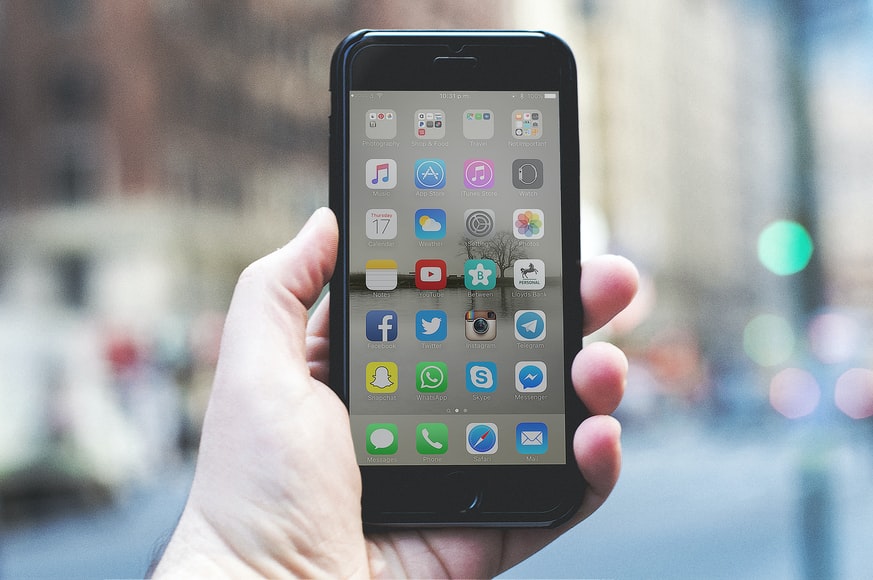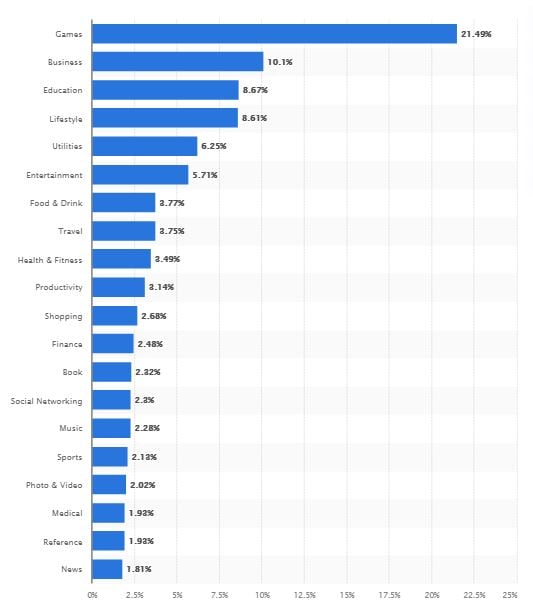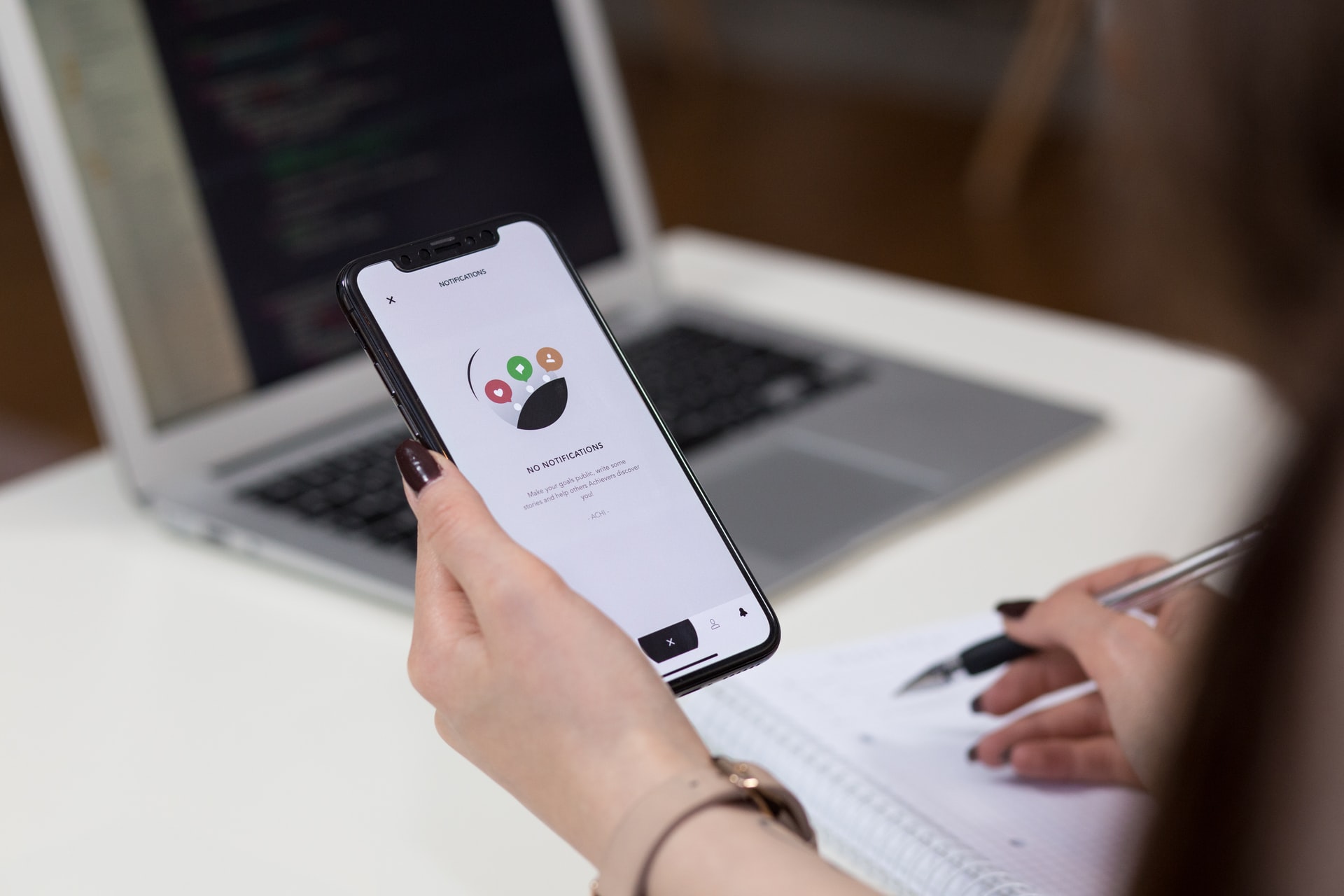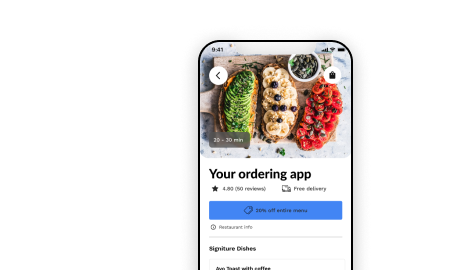How to Run a Comprehensive Mobile App Test
The explosive growth of mobile users urges companies to dive into application developments and tap into the infinite potential of mobile commerce. 90% of the time people spend on their phones is on mobile apps. Creating an app for your business seems to be a great way to ensure that people can easily find your services - but only if your apps are running smoothly on users' mobile devices. A constantly malfunctioning app doesn't lead your business to growth and continuity.
With the majority of apps asking for sensitive data like login information to various websites, mobile application testing is vital to address data security issues, user experience, and other relevant factors. According to Statista, nearly 26% of the budget of an IT company goes into testing the software/applications. It has become one of the strategic aspects of every application development process.
What is Mobile App Testing?
Mobile application testing is a process to test mobile apps for usability, compatibility, functional, and consistency glitches. It's a necessary procedure to ensure an app meets all the requirements before it's officially launched. Mobile app testing includes general types of testing, such as performance, certification, installation, etc. It also encompasses mobile-specific items like an interruption, memory leakage, and location.
Benefits of Mobile App Testing

Source: Unsplash
Mobile app testing is a complex process and very different from website or software testing. However, with the right mobile app testing tool and an extensive testing guide, your business can enjoy a list of core benefits as follow:
- Excellent Quality Assurance
Once the app development process is complete, don't be too eager to rush your app to the market yet. It's recommended to run some tests to ensure the app runs flawlessly in delivering fundamental functions such as execution or downloads. The best people for running app tests would be your Quality Assurance (QA) team. specialists should scrutinize every feature of the mobile application and assess the compatibility of the app with the existing infrastructure. With thorough QA testing, examination, and bug fixing, you can eliminate most usability issues before releasing it officially to the app store, promising your users the best app they've ever used.
- Capitalize on Revenue Generation
Mobile commerce is booming. The number of proximity mobile payment transaction users in the United States is projected to reach 80.1 million users by 2023. More retailers are also implementing mobile POS or Android kiosks in-store to encourage customer engagement. Businesses can fully capitalize on this method and grow their revenue strategically. With a comprehensive mobile app test, you get to identify glitches that may negatively impact your users' online purchase experience in advance. Your IT team can troubleshoot these errors coordinately to create a more streamlined shopping experience and gain a competitive edge over others. Mobile app tests can improve an organization's device management efficiency. You can further ensure smooth app management workflows and reduce stress for employees on-site.
- Improve App User Interface
The importance of user experience (UX) is growing significantly. Google's increased emphasis on UX has led to a series of updates, including Page Experience Signal announced this May 2021. App testing allows QA teams to simulate how their targeted user may navigate the app and evaluate the look and feel of the product. A good app user interface should include logical navigation and intuitive design. You should also test your app UI designs in different scenarios. By putting yourself in the end user's shoes and feeling the emotions and app triggers, this may help you predict how your users react towards the app after it's launched.
- Reduce Data Security Risks
According to surveys, business apps cost between $100,000 and $500,000 to develop. Can you imagine losing your customers' trust over a personal data breach caused by negligent app provision? Cyberthreats have become a grave problem in the modern technology world. Therefore, companies must pay extra attention to these sensitive details when it comes to app testing. It's better to foresee potential risks than trying to mitigate them when issues arise.
- Builds your Brand
Users often distance themselves from botched and underperforming apps. For that reason, mobile app developers should endeavor to create a unique brand for their products. So how does testing help in branding? Well, companies should first implement the recommendations emerging from app testing. After doing this, then you'll realize that more users appreciate and enjoy using the app. From here, the word spreads to other customers. Aside from this, app developers should be wary that global app marketers, such as the Apple store, are stringent on restricting faulty apps on their platform. - Attracts Loyal Customers
If all aspects of your mobile application fall into place, you attract die-hard users. What this means is that a solid user base will come in handy in marketing your app. By sharing and recommending the app to friends, you gradually gain popularity. Additionally, visitors will be drawn to try out your app due to the conviction that its functionality is reputable.
App testing will aid in strategizing on how to allocate resources for activities such as development, maintenance, marketing, branding, and launch of the app. When all this is captured, then you will minimize costs and maximize profit.
After learning all the benefits of mobile app testing, here's a comprehensive guide on running one.
Step-by-Step Guide for Mobile App Testing
1. Outlining the testing process
Primary planning is necessary before starting a mobile app test. Most QA teams would lay out a test strategy that includes features to be tested, goals and methods of the testing process, and app release schedule. It's also recommended to test on real devices because it gives you higher accuracy. To maximize your test efforts, you can identify some of the top device models in the markets and run experiments on them. Other factors to consider on mobile device selection include different screen resolutions, OS systems, memory size, and connectivity.
It would help if you also decided between manual testing or automated testing. Although most testers believe automated testing is better than manual testing, many still consider both methods necessary. Once you have your plan in place, you can carry on with the following testing stages.
2. Documentation Testing
Documentation Testing is where the beginning of mobile app testing takes place. It is usually associated with the documents that should be developed before or during the testing of Software. It involves the creation and analysis of app requirements. There are several documented articrafts, including test cases, test plans, test scenarios, and traceability matrix. If you discover discrepancies at this stage, it's best to resolve them before you start any developments.
3. Functional testing
Functional testing lets you know whether your application delivers the desired features as expected and works per your specific requirements.
When testing for app functionality, you should keep some essential factors in mind. The first factor is your target audience. Is your app designed for business users or general customers? Is it for educational or commercial purposes?
Second, you should consider business functionalities. That may encompass sending and receiving messages when the app is running in the background, resuming the app after it was interrupted, memory used by the app, impact on battery capacities, features like camera or geolocation, etc.
The third factor to evaluate is your distribution channel. Different distribution channels like Google Play and App Store have varied publication policies. Therefore, it's wiser to make sure your apps comply with the requirements during the functional testing stage to avoid additional modifications.
4. Usability Testing
Usability testing, some would call UX testing, is the process to measure how user-friendly your app is. It also ensures that your mobile app provides a comfortable browsing experience for end-users. You can judge the quality of your usability testing based on efficiency, effectiveness, and satisfaction.
Many businesses install apps on their Android devices and turn them into self-service kiosks for better customer engagement. During the usability testing process, you can look for vital signs like screen orientation, navigation, and visual interactions.
Another suggestion when running usability tests on mobile apps is to bring in different stakeholders. By including business executives or management personnel in the process, they can better understand the whole app development process, contributing insightful ideas before it hits the market.
5. UI Testing
User Interface (UI) testing makes sure all your graphics are visible on the mobile screen without any distortion or resolution issues. Graphical User Interface (GUI) aims at providing an exciting and interactive experience for app users. According to statistics, Gaming apps take the majority of the market share of about 24.43%, followed by business and education apps.
Therefore, your UI testing depends on the purpose of your app. It's also suggested to test your app on at least three different OS systems. Some of the fundamental elements you should try include resolution, screen size, color and theme scheme, multi-touch or single touch, long or short press, and location.

Source: Statista
6. Compatibility Testing
Compatibility Testing helps ensure the app delivers optimal performance on different devices based on sizes, screen resolution, and hardware versions. Some of the critical device-specific features for compatibility testing encompass OS, browser, database, device, and network configurations as mobile devices differ in platforms, models, and OS versions. It's crucial to select a subset of devices relevant to your application when running compatibility testing.
7. Performance Testing
Performance Testing is the process of checking whether your application reacts or responds as designed under a specific workload. Some of the tested scenarios are load testing, stability testing, volume testing, and concurrency testing. Fast and responsive apps usually lead to higher customer satisfaction and more five-star ratings.
8. Security Testing
It would be best if you created a safe environment for your app users. Security Testing analyzes the risk of cyber threats like app hackers, viruses, unauthorized access, and data breach. It helps validate the security features of your application.
When you run a security testing, make sure you test for features like fingerprint and face ID, app storage, two-factor authentication, data encryption, and personal data protection. Keeping your users safe while using your company's app is also one way to boost brand loyalty.
9. Recovery Testing
Recovery Testing lets you know whether your app can successfully recover from hardware or software issues within a short period. It also helps you identify potential failures, which you can proactively fix before the official release. Other recovering issues to test for include network issues, power failure, wireless signal loss, and non-responsive server problems. This process helps strengthen your app system and improves the quality of your product. Your users can rest assured that their app data can be recovered when unexpected tech errors occur.

Source: Unsplash
10. Localization Testing
If your app is available for users worldwide, localization testing ensures that the app adapts to specific audiences based on cultural specifics. QA teams need to make sure the app works in other languages apart from the default language. It can also include dialects if your company intends to provide a more personalized app experience for mobile users.
11. Accessibility Testing
Accessibility Testing includes testing the accessibility of your app to all users and the law. Make sure the app doesn't violate regulations that could end up paying hefty fines. Some of the must-test features are speech recognition capability, screen magnification, text color contrast, and dynamic font size. If you're launching a customer-facing app, you should also emphasize interactive actions such as hit area size and consistent UI structure.
12. Change Related Testing
App testing is an ongoing process. Therefore, whenever you complete the first round of tests, you should always run another one after fixing all the glitches. Though some updates may seem insignificant, they can tremendously impact your app's standard workflow and user experience.
Change-related testing includes two parts: retesting and regression testing. Retesting is to ensure all the detected bugs are fixed. And regression testing is to validate that new code changes didn't lead to new bugs.
13. Beta Testing
Beta testing is performed by real users on real devices to assure usability, functionality, compatibility, and reliability testing. Before conducting beta testing, you should consider these factors: number of participants, testing duration, shipping process and expenses, and demographic coverage. Beta testing gives your IT & product team a granular look at the quality of your mobile app in real life.
In summary, mobile app testing is a complicated yet vital process in app development. With these comprehensive mobile app testing tips, you can create a more agile and market-ready application to help grow your business.

